deepeye.hu
Astronomical Drawings of Peter Kiss
Astronomical Drawings of Peter Kiss




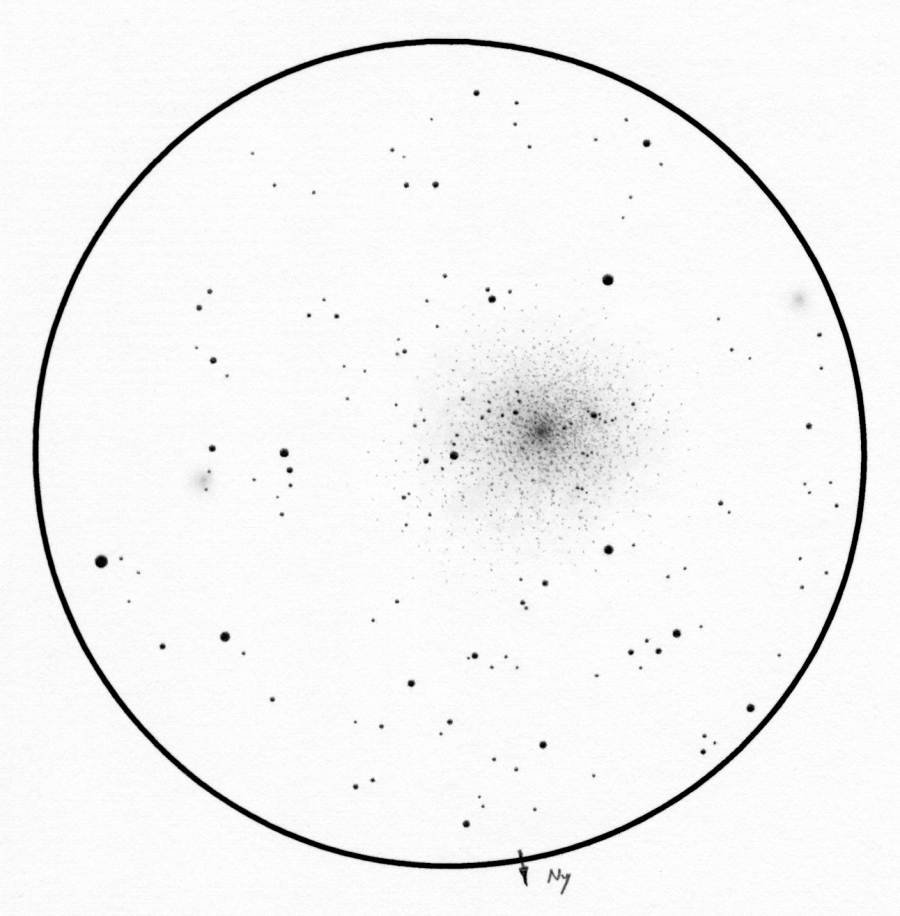

The southern sky offers many different globular clusters for the lucky amateur astronomer. I was most curious about 47 Tucanae of all. And I was not disappointed. This globular cluster is indeed huge, very bright and very suddenly brightening towards the small shiny core. But to my surprise this core is not completely stellar: there is an inner section of detecteble size inside which the brightness is not really incresing towards the center. Apart from this core the globular can entirely be dissolved. Many bright stars are visible on its surface but I could draw only a couple of ones by position. It doesn't contain very characteristic star chains. Besides the enormous concentration the other interesting thing about 47 Tucanae is that it lies seemingly next to the 10x more distant Small Magelanic Cloud. Two globular clusters of the SMC fit into the 1.8° field of view: the oldest (NGC 121) to the right, and Kron 3 to the left.
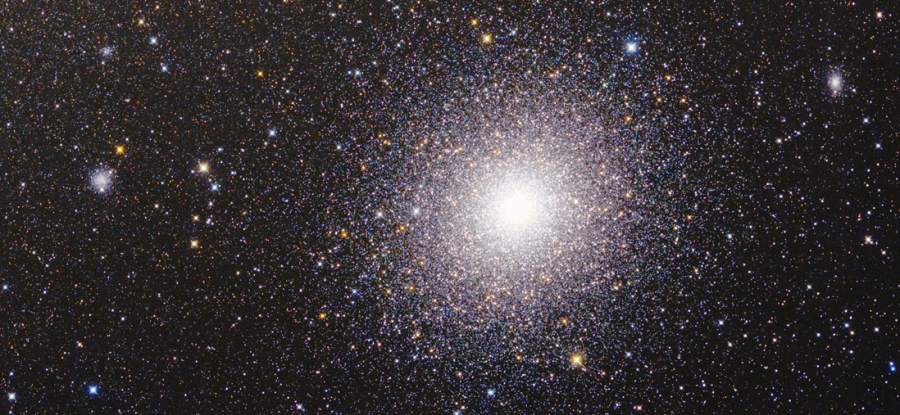
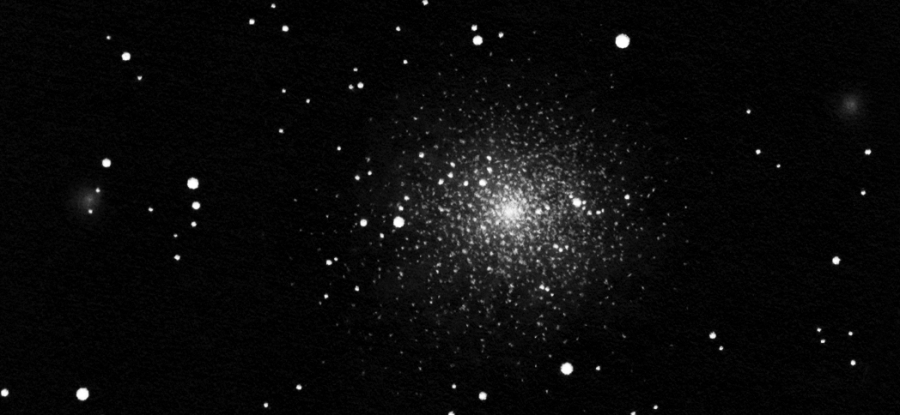
The photo on the left, courtesy of Iván Éder was made using a 20 cm astrograph. The original photograph has been cropped to show a similar area as the positive and rotated drawing.
Comparing the photo and the drawing it can be seen that though the cluster seemed to be huge in the telescope, I could still not see the faint outer regions. 47 Tucanae is bigger in the photograph. Another feature is that the DSLR's sensor and Iván's high quality photo processing could not capture the huge dinamic range between the very bright core of the cluster and its faint outer regions. A small bright core is hidden in the saturated central part of the cluster in the photo. Visually this is easy to see. Searching through the drawing it can be seen that I indeed managed to draw some members of the cluster, with a good portion of red giants among them.
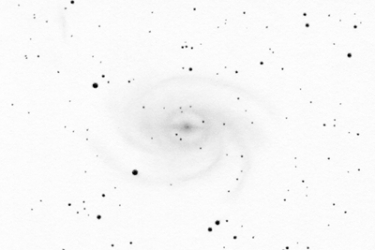
Pavo galaxy
The grand spiral galaxy of Pavo
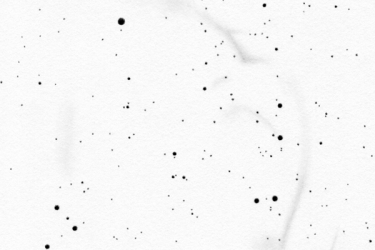
Panorama drawing
Huge and faint supernova remnant in the southern sky
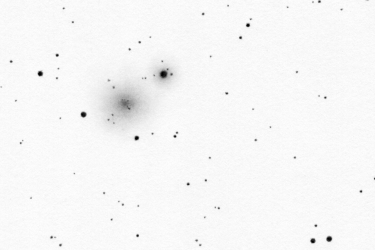
Centaurus globular cluster
The second globular in Centaurus

Apus globular cluster
Globular cluster close to the Southern celestial pole
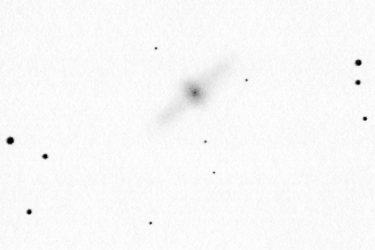
Centaurus galaxy
Polar ring galaxy
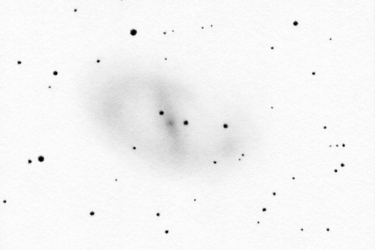
Ara galaxy
Barred spiral galaxy in the thick of the Milky Way